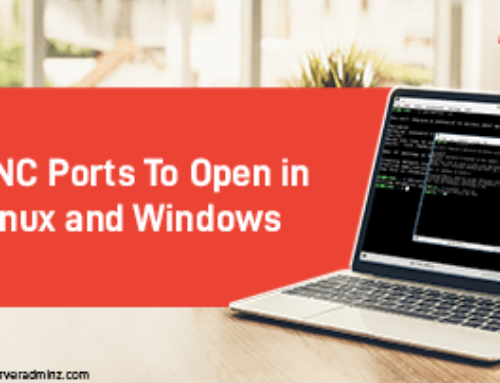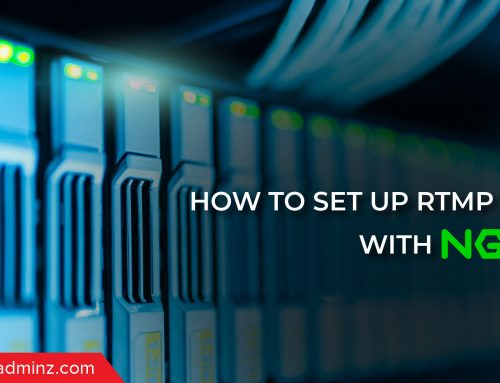In order to install cpanel/WHM on your VPS , you will need to log into your server as root first.
ssh root@server-ip
In above server-ip should be your server’s ip. We should install cpanel/whm only in a fresh system ,configured with a proper yum or apt-get system .
From a windows machine we can use putty to log into the server …
Minimum Requirements as per cpanel’s original site
| Processor | 266 MHz |
| Memory | 512 MB RAM (1 GB recommended when hosting many accounts) |
| Disk Space | 10 GB hard disk |
Removing YUM groups
To obtain a list of yum groups, run the command:
yum grouplist
You should make sure these yum groups are not installed:
- FTP Server
- GNOME Desktop Environment
- KDE (K Desktop Environment)
- Mail Server
- Mono
- Web Server
- X Window System
To remove a yum group, run the command yum groupremove. For example, if you wish to remove Mono and Mail Server, enter:
yum groupremove "Mono" "Mail Server"
Disabling SELinux security features
You should disable SELinux after installing Red Hat Enterprise Linux, CentOS, or CloudLinux. To disable SELinux, you can either:
- Use the graphical interface while configuring your operating system, or
- Edit
/etc/selinux/configfrom the command line and set theSELINUXparameter todisabledusing a text editor, such as nano or vi.
If you disable SELinux from the command line, the contents of /etc/selinux/config should resemble:
# This file controls the state of SELinux on the system. # SELINUX= can take one of these three values: # enforcing - SELinux security policy is enforced. # permissive - SELinux prints warnings instead of enforcing. # disabled - No SELinux policy is loaded. SELINUX=disabled # SELINUXTYPE= can take one of these two values: # targeted - Only targeted network daemons are protected. # strict - Full SELinux protection. SELINUXTYPE=targeted
Deactivating default firewall and checking for updates
If you are installing a CentOS, Red Hat Enterprise Linux, CloudLinux operating system, you should deactivate the default firewall and check for updates.
To deactivate the firewall, run the commands:
chkconfig iptables off service iptables stop
To check for updates, run the command:
yum update
change the hostname of the VPS to a valid hostname like “server.domain.com”.
Installing cpanel
The installation of cPanel can take a long time and it is better if you install “screen”. Depending on your operating system you can install screen running yum or apt-get (yum install screen or apt-get install screen).
Now you will want to download and install cPanel:
screen -S cpanel
cd /home
wget http://layer1.cpanel.net/latest
sh latest
ctrl -A-D …to detach from screen
screen -ls will list the screens
If you get disconnected, you can ssh back into your server as root, and run:
screen -r cpanel
After everything is complete, and there are no errors, you should be able to access the WHM control panel by visiting
https://your_ip:2087





Leave A Comment
You must be logged in to post a comment.